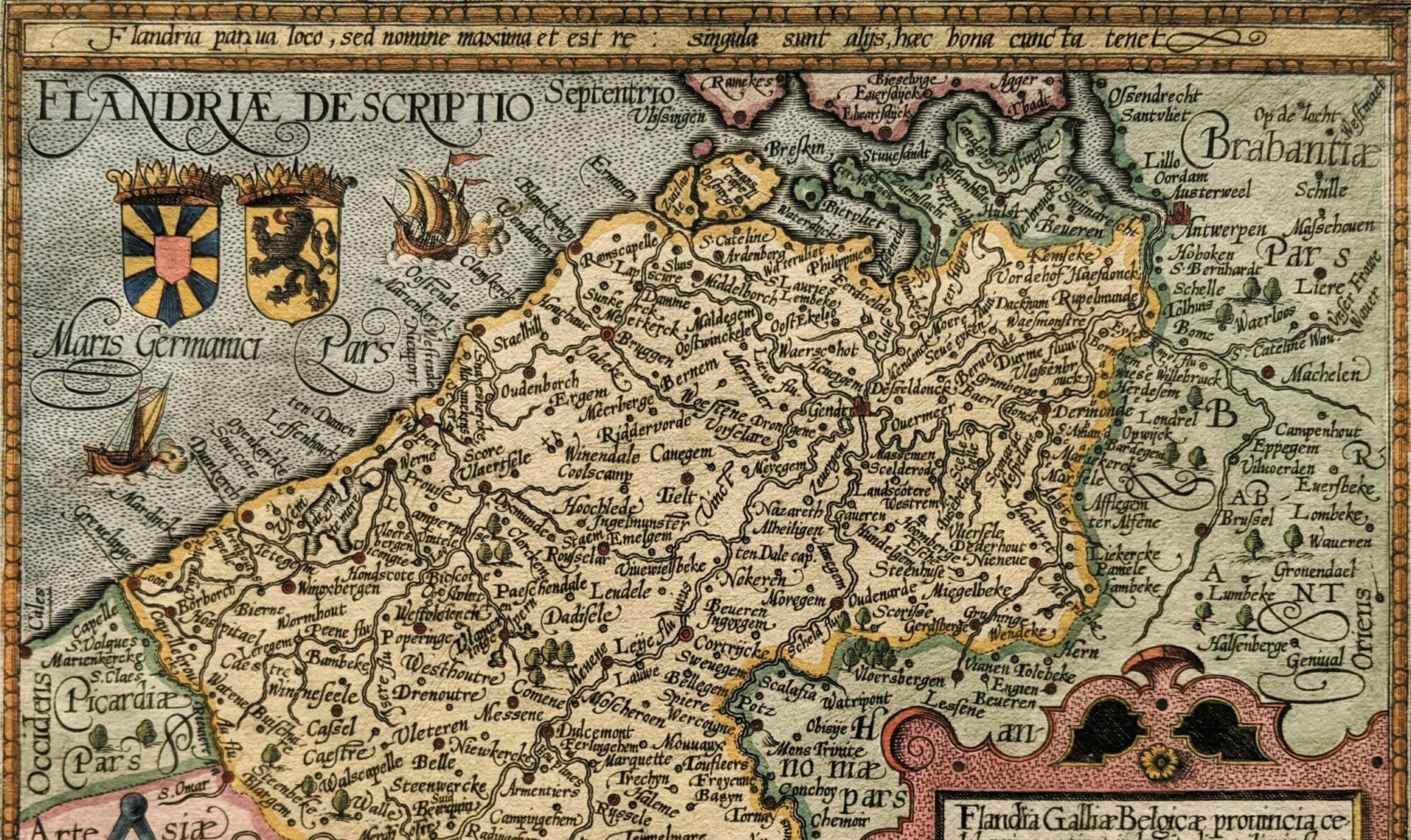Op 1 februari 2023 organiseren Nele De Raedt (UCLouvain) en David Napolitano (Universiteit Utrecht) te Utrecht (Drift 23, lokaal 0.10) een internationale workshop ‘Good Governance in the Late Medieval City (1200-1600)’. Het programma ziet er als volgt uit:
09:45-10:00 Registration
10:00-10:15 Welcome
SESSION 1: SOURCES
10:15-10:35 Minne De Boodt (KU Leuven)
Debating good governance. The added value of a cross-contextual analysis for the study of late medieval political thinking
10:35-10:55 Frederik Buylaert (Ghent University), Kaat Capelle (Ghent University), Klaas Van Gelder (Universiteit Brussel/State Archives in Brussels)
Comparing “good governance” in town and countryside: the evidence from Flanders, c. 1250-1550
10:55-11:15 David Napolitano (Utrecht University)
From mirrors-for-princes, over the podestà literature, to mirrors-for-magistrates: Preliminary explorations of three modern labels for medieval advice literature on rulership
11:15-12:15 Discussion
Lunch
SESSION 2: METHODOLOGY
13:30-13:50 Nele De Raedt (UCLouvain)
Mirrors for magistrates on building the city
13:50-14:10 Mats Dijkdrent (UCLouvain)
Architectural descriptions as mirrors for good governance in sixteenth-century Antwerp
14:10-15:10 Discussion
Coffee
SESSION 3: IDEALS AND COMPARISON
15:30-15:50 Giacomo Santoro (Scuola Normale Superiore di Pisa)
Magistratus virum ostendit: a perspective on good governance in the Republic of Siena, between pedagogy and government (1428-1456)
15:50-16:10 Vasileios Syros (Jawaharlal Nehru University & The Medici Archive Project)
Good governance and the city in early modern Italy and India
16:10-17:00 Discussion
Deze interdisciplinaire workshop is mogelijk gemaakt dankzij de financiële ondersteuning van de Dutch Research School of Medieval Studies, Louvain Research Institute for Landscape, Architecture and the Built Environment (LAB, UCLouvain), Utrecht University Centre for Medieval Studies (UUCMS) en Research Alliance CITY (Ghent University and Vrije Universiteit Brussel).







